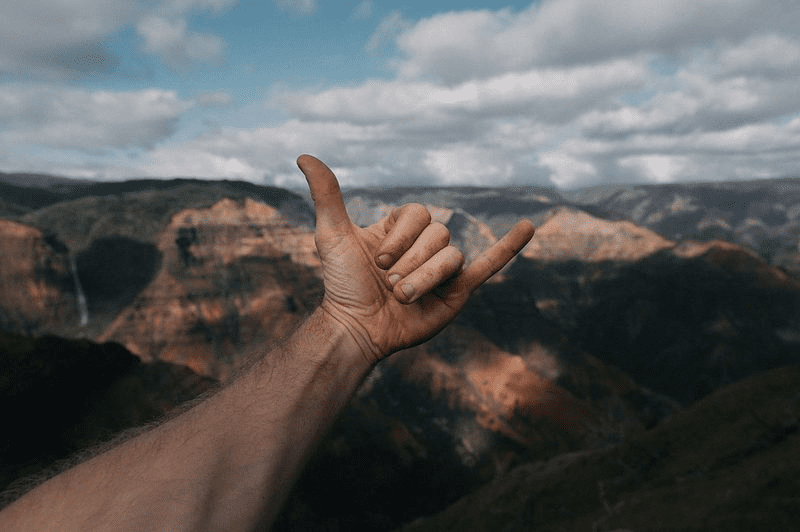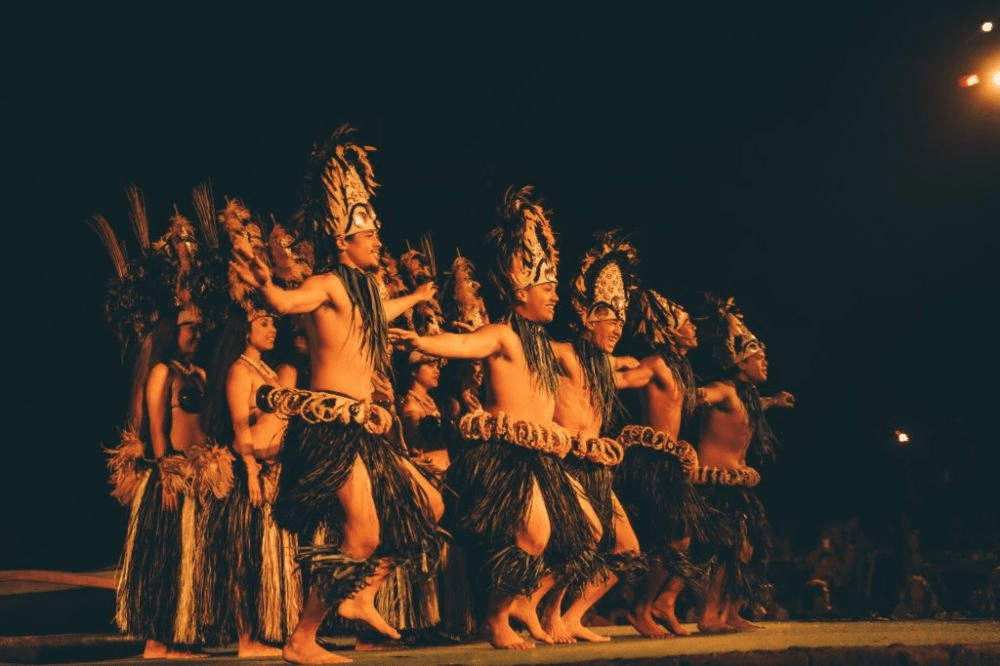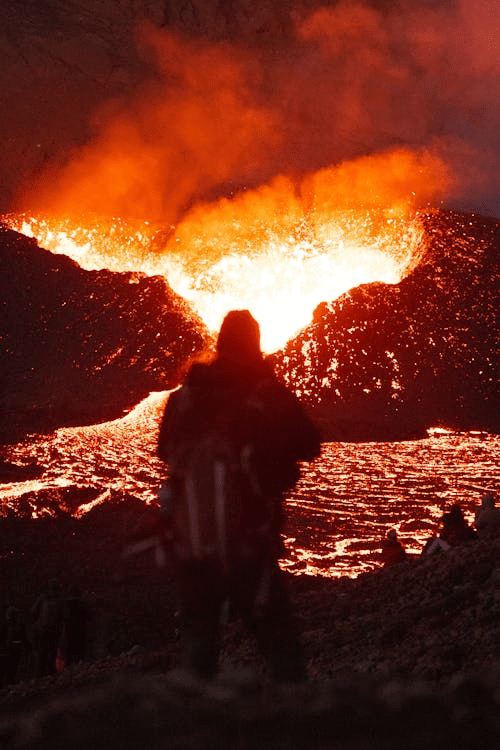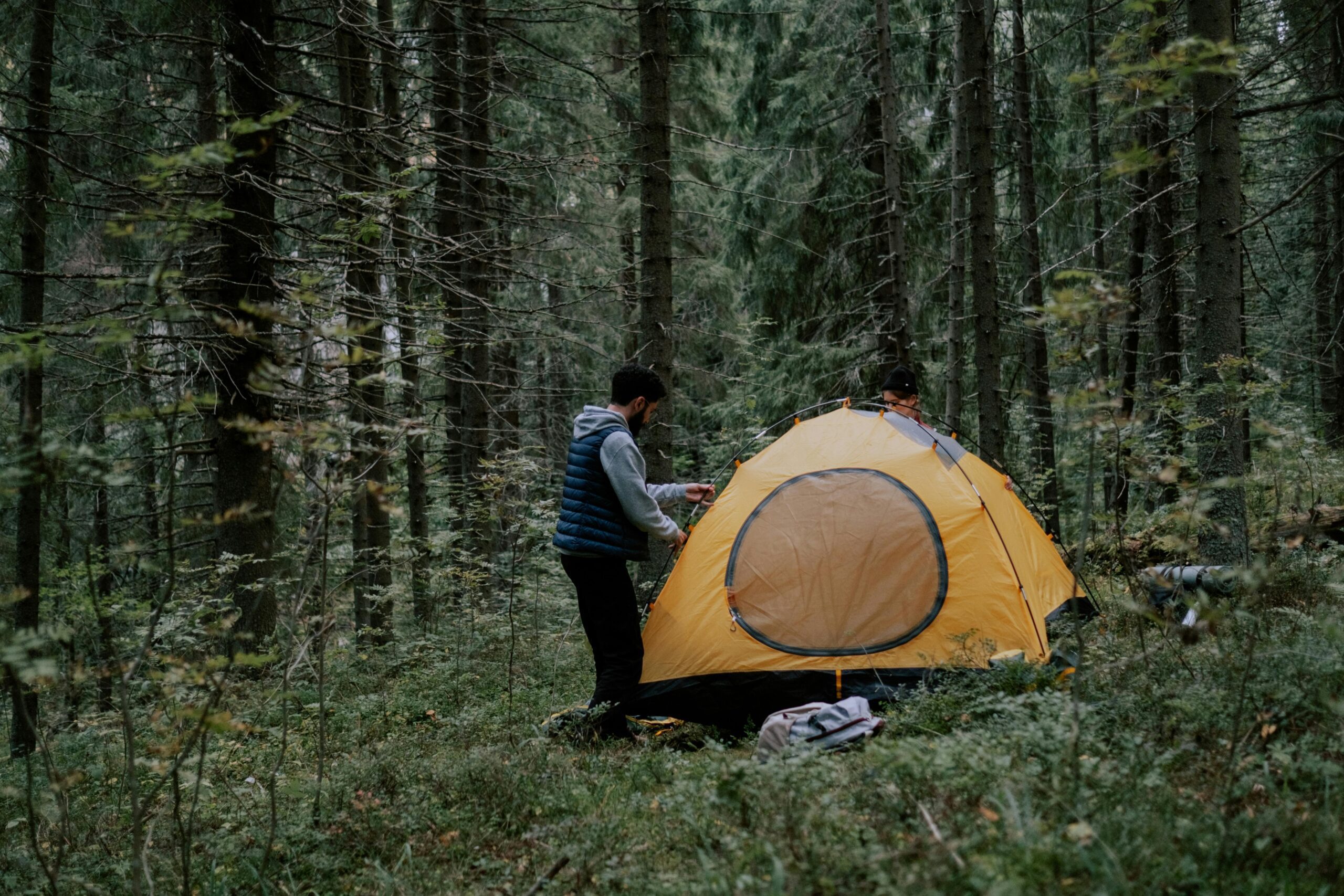By now, even the most committed couch potato has most likely heard of “ecotourism in Hawaii.” The travel industry extensively uses the term, which can have various connotations depending on the source. Here, we seek to clarify what ecotourism entails in Hawaii, how future tourists can better grasp it, and how the concept of ecotourism functions in reality—that is, how you might participate and interact with it when visiting the islands.
What is ecotourism in Hawaii? And what does the Hawaiian version look like?
Ecotourism in Hawaii, then, is the concept of seeing a place through its natural surroundings. Visitors support these settings through financial donations (admission fees, gifts, etc.), educational opportunities, or volunteer work. The aim is to establish a sustainable cycle whereby the tourism sector supports, preserves, and protects natural surroundings rather than causes their destruction.
In its most basic form, ecotourism in Hawaii has been around for a long time. Ecotourism includes visiting a national park or maybe spending a day on the beach. More sophisticated and complicated ecotourism concepts have emerged to provide larger venues. For instance, Costa Rica has developed infrastructure and tourism offerings that showcase and promote its natural areas through ecotourism, thereby shaping the entire national tourism sector. Tour companies that have created comprehensive business strategies centered on ecotourism, thereby promoting sustainable outdoor activities, are ubiquitous.

Ecotourism in Hawaii: A Range of Experiences
From hiking excursions with for-profit businesses to invasive species eradication projects and volunteer opportunities with non-profit organizations, ecotourism in Hawaii offers a range of extremes of the concept around the islands. Back in 2018, the official State of Hawaii defined its own sustainability targets for reaching by 2025. These targets respected the culture, character, beauty, and history of the state’s island communities; struck a balance among economic, social, community, and environmental priorities; and met the needs of the present without compromising the ability of future generations to meet their own needs.
Though not stated exactly, most of this satisfies the objectives of ecotourism in Hawaii—that is, combining economic interests with social and environmental concerns and guaranteeing future preservation of objects. As a result, it is not surprising that over the past ten years, Hawaii has seen an increase in the number of ecotourism-type activities offered.
The Malama Hawaii campaign, for instance, has expanded like a weed in recent years as tour companies, hotels, and local non-profits all inspire guests to interact with the natural surroundings of the islands. Still, it’s more than merely visiting a beach or mountain trail. Many Hawaii programs invite guests to give back, i.e., to combine their trip with a volunteer opportunity (more on this below).

The Benefits of Ecotourism in Hawaii
What’s In It for the State of Hawaii?
From the perspective of the destination, ecotourism in Hawaii has a variety of advantages. The sustainability goals described below reflect many of these advantages. A sector of tourism that values natural surroundings is sure to preserve them for future generations. Ecotourism in Hawaii therefore helps to strike a balance between environmental protection and financial advantage. For instance, many areas around Hawaii have implemented visiting restrictions and permit systems to protect the natural environment from overuse, thereby ensuring their future health and well-being. This, in turn, ensures ongoing financial gain from travel.
Because of the types of visitors it draws, local residents generally favor ecotourism in Hawaii. Those engaged in ecotourism are usually aware of their influence and want to interact with the destination they are visiting. Locals start to notice the positive presence guests can bring when they give back. They arrive ready to support Hawaii, rather than exploit it.
What’s in it for visitors?
Why should a visitor like you even consider ecotourism in Hawaii? There are a few reasons. It’s fun at first. From sandy beaches to jagged mountain summits to volcanic settings, Hawaii is bursting with varied and distinctive natural settings. Most people in Hawaii engage in ecotourism without even recognizing it, just by interacting with these environments when visiting—hiking, lounging on the beach, etc.
Those who go farther get even greater benefits. Beach clean-ups and invasive species eradication let one interact with neighbors and develop a closer relationship with the land. It contributes to the improvement of the location and enhances the significance of the trip by providing tangible benefits. It also relates to the memories. Because they are so unique, memories of volunteer events, including beach clean-ups and invasive species eradications, often linger for years. They also allow you to connect with other frequent local participants you may have missed otherwise.

There are several ways to engage in ecotourism and voluntourism while in Hawaii.
These days, doing good can also pay you back in the form of hotel discounts. If you participate in an ecotourism volunteer program, several hotels in Hawaii are now providing discounted rates or perhaps a free night.
The Malama Hawaii Campaign
The hotel advertises special rates and discounts for visitors who participate in local volunteer opportunities, most of which involve ecotourism, as part of the Malama Hawaii program. Usually, the hotel will post a “Malama Hawaii” package on its website, allowing you to select a give-back event and, in return, get unique discounts or added benefits. Therefore, ask about any ecotourism or voluntourism possibilities while reserving your accommodation in Hawaii.
Malama Hawaii Oʻahu Highlight
The Malama Aina experience on the Kualoa Ranch on Oʻahu also stands as another highlight. During this practical two-hour farm trip, learn about the importance of kalo (taro) to the Hawaiian people—not only for food and its cultural link to Kualoa, but also via Hawaiian cultural identity. Activities can include traditional Hawaiian hale (houses), depending on demand; thatching of these structures; helping with planting, cleaning, gathering kalo; or maintaining a Hawaiian medical plant garden.
Volunteer for nonprofits.
Of course, you can find methods to get involved without searching for a coupon in return. Experience drives their underlying purpose, and a plethora of NGOs in Hawaii are constantly seeking volunteers to contribute. For instance, spend some time eradicating invading species at the Heeia Fishpond in Kaneohe or help with one of the several neighborhood beach clean-ups.
The Pono Pledge (Big Island)
Though it somewhat extends beyond the boundaries and scope of ecotourism in Hawaii, the state is piggybacking the concept into a kind of ethical travel. The Big Island formed the Pono Pledge a few years ago, encouraging guests to reflect on their actions on the island and providing guidance on appropriate behavior. Part of this entails promising to honor and defend Hawaii’s environmental areas and cultural standards.
Pono is a morally acceptable and decent word. It includes the concept of treating others that way and being aware of how you would want someone else handled. It has to do with appreciating the island’s hospitality and being mindful of the surroundings and culture around you.

Ecotourism in Hawaii: Experiences for Each Island
For native Hawaiians and Hawaii residents, the concept of mālama ʻāina—that is, land care—is quite dear. In numerous ways, visitors can learn about the original customs used to work the land—and assist residents in maintaining Hawaii more sustainably for future generations. We offer ideas on how guests might interact below.
Ecotourism Experiences on Oahu
Take a farm tour to learn about the farm-to-table techniques that are so fundamental to Hawaiian regional cuisine. Visit the five different locations of Honolulu Botanical Gardens on Oʻahu to see native Hawaiian flora and flowers. Go whale-watching off Oahu’s southern coast from December through May to welcome humpback whales on their annual visit to Hawaii’s warm seas. We also suggest our Oʻahu guide on history and culture.
Ecotourism Experiences on the Big Island
In many different ways, one can discover the local ecology and enjoy the special beauty of the island of Hawaii. The Hoopulauma Science and Discovery Center of the Hawaii Wildlife Center teaches about initiatives to safeguard and restore native bird species, as well as other animals. The Friends of NELHA group provides a range of tours concentrated on renewable energy, sustainability, and innovative technologies available at the Natural Energy Laboratory of Hawaii Authority facility. Surely worth reading is our guide to historical and cultural events on the Big Island! Alternatively, assist in the restoration of native flora on a Hawaiian Legacy Tours tree-planting trip by helping to plant a Koa tree during the trip.
Ecotourism Experiences on Maui
Drive upcountry on Maui and meander among Kula’s fields of brilliant protea and delicate lavender. Alternatively, visit the Kula Botanical Garden to go back in time amid native plant gardens. Proceed to Haleakalā’s 30,000-foot summit, and you might find our state bird, the threatened nēnē (Hawaiian goose), or stumble onto a rare and exquisite succulent that shimmers in the early light: Haleakalā silversword. Should beach days appeal to you, you can become a community scientist or beachcomber for the Pacific Whale Foundation. After gathering goods at one of their stores in Lahaina or Ma’alaea, you can travel back home to clean any area of Maui’s shoreline or your own beach. Furthermore, a treasure trove of ecotourism experiences is our guide to culture and history on Maui.
Ecotourism Experiences on Kauaʻi
Visit a farm in the lovely, verdant Hanalei taro fields to witness the cultivation of kalo (taro), a staple Hawaiian root starch. Kauaʻi hosts some of Hawaii’s biggest botanical gardens, the National Tropical Botanical
